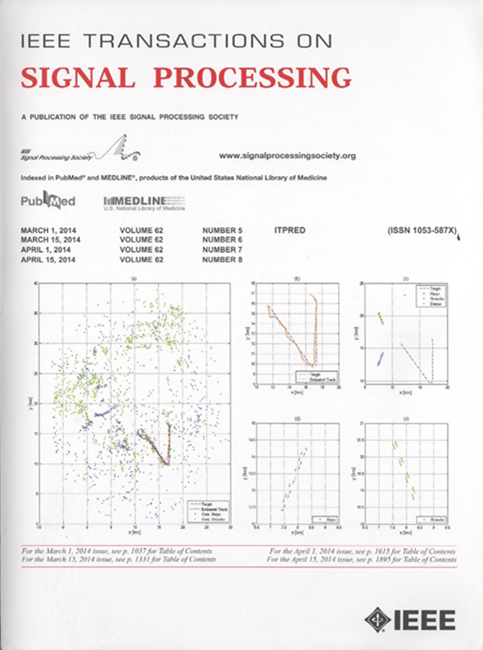基于镜像下降的容错分布式梯度下降算法
IF 4.6
2区 工程技术
Q1 ENGINEERING, ELECTRICAL & ELECTRONIC
引用次数: 0
摘要
分布式梯度下降算法已经在现代机器学习中脱颖而出,特别是在并行处理分布在多个工作人员之间的大型数据集时。然而,很少有人关注分布式梯度下降算法在存在对抗性腐蚀而不是随机噪声的情况下的行为分析。在本文中,我们提出了一个分布式学习系统中存在对抗性腐败的新问题。我们展示了如何使用(懒惰)镜像下降的思想来设计一个容错的分布式优化算法。对不同步长选择下的(强)凸损失函数进行了广泛的收敛性分析。我们仔细地优化了步长调度,以加速算法的收敛,同时随着时间的推移摊平损坏的影响。基于MNIST数据集的线性回归、支持向量分类和softmax分类实验验证了我们的理论发现。本文章由计算机程序翻译,如有差异,请以英文原文为准。
A Mirror Descent-Based Algorithm for Corruption-Tolerant Distributed Gradient Descent
Distributed gradient descent algorithms have come to the fore in modern machine learning, especially in parallelizing the handling of large datasets that are distributed across several workers. However, scant attention has been paid to analyzing the behavior of distributed gradient descent algorithms in the presence of adversarial corruptions instead of random noise. In this paper, we formulate a novel problem in which adversarial corruptions are present in a distributed learning system. We show how to use ideas from (lazy) mirror descent to design a corruption-tolerant distributed optimization algorithm. Extensive convergence analysis for (strongly) convex loss functions is provided for different choices of the stepsize. We carefully optimize the stepsize schedule to accelerate the convergence of the algorithm, while at the same time amortizing the effect of the corruption over time. Experiments based on linear regression, support vector classification, and softmax classification on the MNIST dataset corroborate our theoretical findings.
求助全文
通过发布文献求助,成功后即可免费获取论文全文。
去求助
来源期刊

IEEE Transactions on Signal Processing
工程技术-工程:电子与电气
CiteScore
11.20
自引率
9.30%
发文量
310
审稿时长
3.0 months
期刊介绍:
The IEEE Transactions on Signal Processing covers novel theory, algorithms, performance analyses and applications of techniques for the processing, understanding, learning, retrieval, mining, and extraction of information from signals. The term “signal” includes, among others, audio, video, speech, image, communication, geophysical, sonar, radar, medical and musical signals. Examples of topics of interest include, but are not limited to, information processing and the theory and application of filtering, coding, transmitting, estimating, detecting, analyzing, recognizing, synthesizing, recording, and reproducing signals.
 求助内容:
求助内容: 应助结果提醒方式:
应助结果提醒方式:


